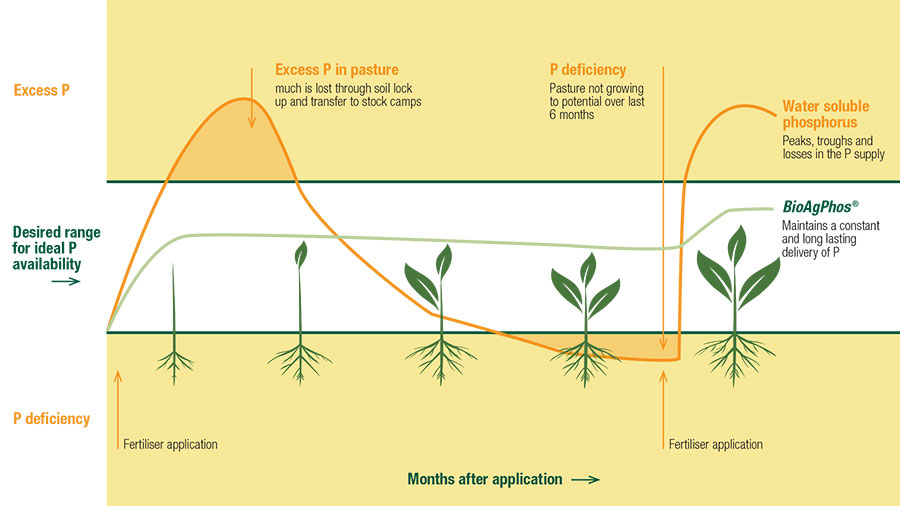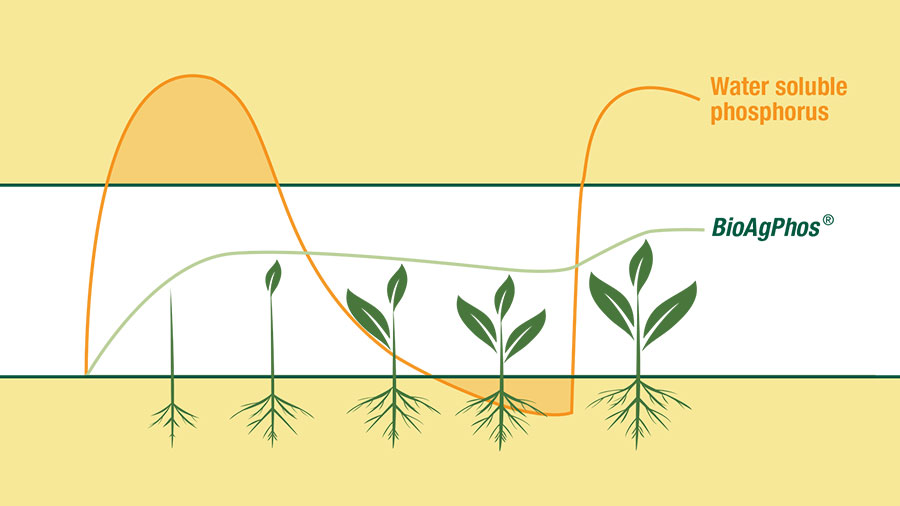
Latest
News
Choosing Phosphate fertiliser
This season many growers will invest in fertilisers and for growers who have experienced great crops, fodder or livestock production, there will be a need to replenish soil nutrients.
When it comes to applying phosphorus to soils there are numerous fertilisers available. At BioAg our range of natural phosphate fertilisers are based on our microbially digested reactive phosphate rock – BioAgPhos.
How does BioAgPhos compare to other products?
In comparison to other RPR or Soft Rock products in the Australian market, BioAgPhos is the most reactive, has one of the higher P levels and is very low in iron and aluminium.
The release of P from BioAgPhos occurs as plant acids decompose its mineral structure and the organic (composted) matter within BioAgPhos, into plant-available forms. While 100% of the P in BioAgPhos is bio-available, around one-third is available in the short term, and the balance is released over time based on soil conditions, length of growing season, and size of the root zone.
Losses and lock-up are a hidden cost of P fertilisers but can be combatted through your choice of fertiliser. Even in the most productive soils, with high organic matter, losses of P are experienced. These losses can be due to run-off from the topsoil, leaching through the root-zone, or lock-up by soil antagonists.
How much Phosphorus do I need to use?
To determine your needs, begin with a soil test. P in soils is available in different forms or ‘pools’. This includes watersoluble, in organic matter, as a mineral (such as BioAgPhos), and attached to soil antagonists. While Colwell P is commonly used, it is not suited or correlated for measuring all ‘pools’ of P available to plants, in particular RPR pools of P.
To assess your P needs incorporate a Bray 1, PBI (phosphate buffering index), and if possible, a Bray 2 analysis in your soil test.
Phosphorus Availability
Water soluble phosphates vs. BioAgPhos



Recent Comments